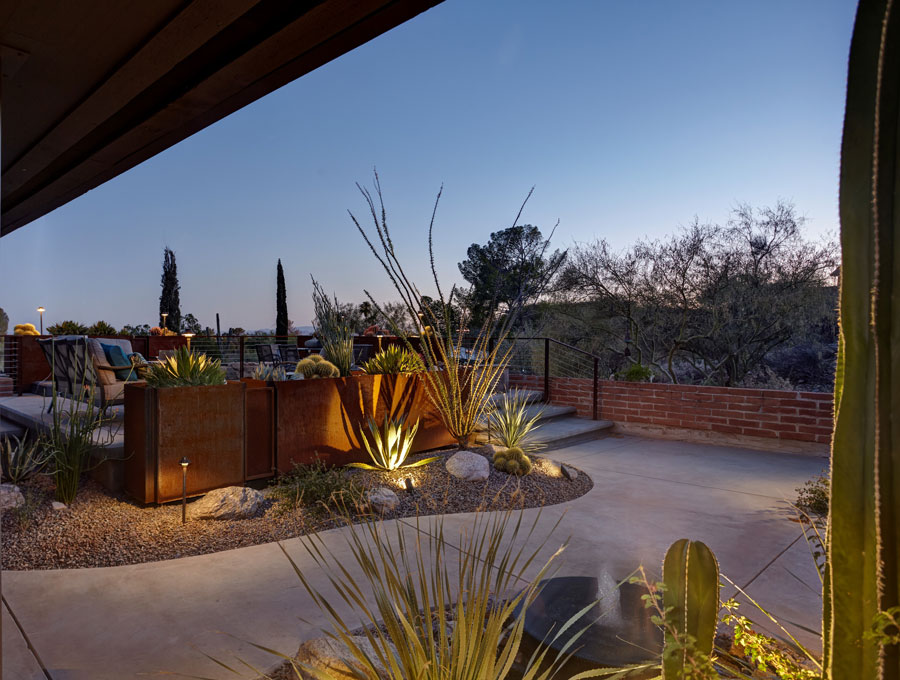As residents of Tucson know all too well, drought is a significant concern. With prolonged dry spells becoming the norm, embracing drought-tolerant landscape design has never been more essential. This type of landscaping focuses on utilizing plants and materials that require minimal water while maintaining aesthetic appeal. According to the National Association of Landscape Professionals, 69% of Americans admit their lawn could use improvement. Drought-tolerant design is not only an eco-friendly choice but also a way to elevate your property’s curb appeal.
Emphasizing Native Plants
One of the cornerstones of drought-tolerant landscape design is the use of native plants. Native species have adapted to the local climate, making them more resilient to the dry conditions typical in Arizona. Plants such as desert marigold, agave, and yucca not only thrive with minimal water but also attract local wildlife, adding vibrancy to your garden. By incorporating native plants into your landscape, you create a sustainable environment that supports local ecosystems.
Xeriscaping Techniques
Xeriscaping is a landscaping philosophy that emphasizes water conservation through strategic design and plant selection. This technique involves grouping plants with similar water needs, ensuring that moisture is utilized efficiently. Additionally, implementing mulch can help retain soil moisture, reduce evaporation, and minimize weeds. Incorporating hardscape elements, such as stone pathways or gravel beds, further enhances the design while reducing the need for water-intensive grass lawns.
Creative Hardscape Elements
Drought-tolerant landscape design doesn’t mean sacrificing beauty. Creative hardscape elements can add interest and functionality to your yard while reducing water usage. Incorporating features such as patios, outdoor kitchens, and fire pits can create inviting spaces for gatherings without the need for extensive grassy areas. Using materials like flagstone, decomposed granite, or permeable pavers allows for better water drainage and minimizes the heat typically absorbed by traditional concrete.
Color and Texture Variety
Drought-tolerant landscapes can be visually stunning by incorporating a variety of colors and textures. Choosing plants with different foliage types, such as the soft, silvery leaves of sage or the bold, sculptural forms of cacti, adds depth to your design. You can also include ornamental grasses that sway in the breeze, providing movement and seasonal interest. By combining these elements, your landscape will be vibrant year-round while remaining water-wise.
Drought-tolerant landscape design offers a sustainable and aesthetically pleasing alternative to traditional lawns, particularly in arid regions like Arizona. By emphasizing native plants, employing xeriscaping techniques, and incorporating creative hardscape elements, homeowners can create beautiful outdoor spaces that thrive in dry conditions. Contact Landscape Design West today to get started on your property's transformation!
